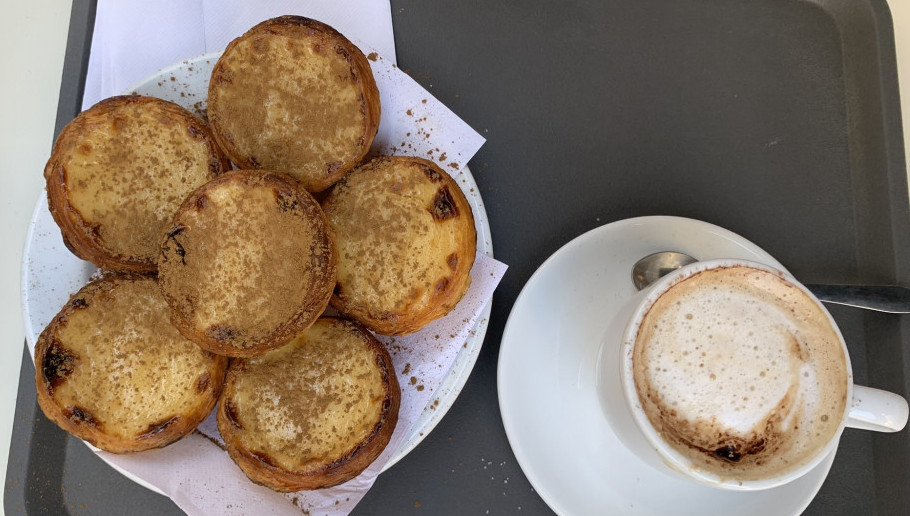 This is more of an overview of coffee in Europe rather than a history of coffee timeline. In the summer of 2022 I got to travel to Lisbon, Portugal and to Italy, and drinking coffee in Europe has ruined me for American coffee! I haven’t been able to duplicate the exact experience back here in America, but I sure have gotten close with my own Mr. Coffee Cafe espresso maker and using quality beans like Lavazza Espresso Beans from Italy – which I get at Costco. (I like Starbucks’ dark roasted beans, too.) There are many benefits in drinking coffee, which these countries in Europe have capitalized on in their way of consuming this incredible beverage. They have truly turned it into an art. There’s no way to describe it – you just have to go to Europe and try it for yourself.
This is more of an overview of coffee in Europe rather than a history of coffee timeline. In the summer of 2022 I got to travel to Lisbon, Portugal and to Italy, and drinking coffee in Europe has ruined me for American coffee! I haven’t been able to duplicate the exact experience back here in America, but I sure have gotten close with my own Mr. Coffee Cafe espresso maker and using quality beans like Lavazza Espresso Beans from Italy – which I get at Costco. (I like Starbucks’ dark roasted beans, too.) There are many benefits in drinking coffee, which these countries in Europe have capitalized on in their way of consuming this incredible beverage. They have truly turned it into an art. There’s no way to describe it – you just have to go to Europe and try it for yourself.
Coffee has been a popular beverage for centuries, and it is a staple in many cultures around the world. In Europe, coffee drinking has a rich and varied history, and it remains a beloved part of daily life in many countries.
Coffee arrived in Europe in the 16th century,
and it quickly became popular among the wealthy elite. Coffee houses began to appear in cities across the continent, and they became gathering places for intellectuals, artists, and politicians. These coffee houses were often called “penny universities” because for a small fee, customers could listen to discussions and debates on a wide range of topics.
Today, coffee is enjoyed by people from all walks of life in Europe. In fact, many European countries have their own unique coffee culture and traditions. Here are some examples:
Coffee in Italy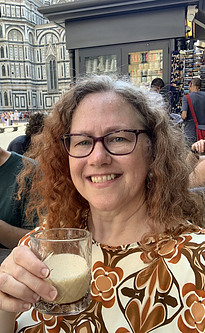
I had Italian coffee in Bologna, Florence, and Assisi, and it was so rich it was almost caramel-like. An intense experience that makes the teeny tiny espresso and cappuccino’s make sense there (one cup I had at a pizzeria could literally be served at a doll’s tea party, it was that tiny – but rich and delicious and a perfect end to perfect pizza.) Italy is famous for its espresso, which is a strong, concentrated coffee served in small cups. Italians typically drink espresso in the morning and after meals, and they often enjoy it standing up at a café bar. In Italy, it is considered a faux pas to order a cappuccino too late in the day, as it is seen as too heavy. Some say never order any after breakfast, some say don’t order cappuccinos anytime after Noon. And apparently no Italian has one after dinner. This may be due partly to the fact that milk is harder to digest and is best not taken late in the day. It’s also rather filling.
In my daily routine now, I have a tiny Italian-style cappuccino, macchiato or espresso with my breakfast, my morning treat. I then switch to American-style coffees to sip slowly throughout the day while I work. I do usually use milk, we sure like our lattes and cappuccinos here in the US. They do tend to fill me up, but I don’t see that as a bad thing necessarily.
I found that coffee drinking in Portugal seemed to be the same as coffee in Italy, or any neighboring countries like France and Spain, is my guess.
Coffee in France
In France, coffee is typically served with breakfast or after dinner. French coffee is often made using a French press, which is a simple but effective brewing method that produces a full-bodied, flavorful cup of coffee. French cafes are also known for their pastries and baked goods, which pair perfectly with a strong cup of coffee.
Spain
Spanish coffee is a social beverage that is often enjoyed with friends or family members. Spanish coffee is typically served in small cups, and it is often made using a stovetop espresso maker. In some regions of Spain, such as Catalonia, coffee is often enjoyed with a shot of brandy or other liqueur. I got to try one of these liquored Spanish coffees while traveling in Ireland in 2019. That was very cool!
Turkish coffee
In Turkey, coffee is an important part of daily life and is often served during social gatherings. Turkish coffee is brewed using a special pot called a cezve or ibrik, and it is typically served in small cups with a side of Turkish delight or other sweet treats. In Turkey, it is customary to read the fortunes of the coffee grounds left in the cup after drinking. You also have to stop drinking before you get to the bottom or you will get a mouthful of grounds.
Coffee in Scandinavia
In Scandinavia, coffee is a beloved beverage that is consumed throughout the day. Scandinavians are known for their love of filter coffee, which is often served in large mugs. In Sweden, coffee breaks are known as fika, and they are an important part of the workday. During fika, co-workers gather for coffee and pastries, and they take a break from work to socialize and recharge.
To me, this sounds more like American-style coffee drinking – large mugs, the larger the better, with plenty of milk and sweetened flavor or sugar. Maybe we got it from them. It gets cold where I live in Colorado, so I want a good-sized hot beverage to sip slowly. But I’ve never cared for the giant cups many American’s like, maybe because I’m partial to European-style espressos. I use mugs anywhere from my tiny espresso cup to small cups (about the size of a mandarin orange) to a regular-sized mug like you might also use for tea. No bigger.
Overall,
coffee drinking is an integral part of European culture, and it continues to evolve and change with the times. Whether you prefer a strong Italian espresso, a smooth French press coffee, or a sweet Turkish coffee with dessert, there is something for everyone in Europe’s vibrant coffee culture. So the next time you’re in Europe, be sure to take some time to enjoy a cup of coffee and experience the local coffee culture firsthand.

 I’ve been studying, applying and learning the Law of Attraction with great fun and success. I can tell you the Law of Attraction works, and I love to share my Law of Attraction Tips and Law of Attraction secrets whenever I can.
I’ve been studying, applying and learning the Law of Attraction with great fun and success. I can tell you the Law of Attraction works, and I love to share my Law of Attraction Tips and Law of Attraction secrets whenever I can. For this blog (and because I love being adventurous with coffee, food, drink and everything), I’m trying out new coffees all the time. Last month
For this blog (and because I love being adventurous with coffee, food, drink and everything), I’m trying out new coffees all the time. Last month 

 I don’t know why, but Cafe Americano was never on my radar, and I didn’t really know anything about it. But when I had friends over last year, and I was making coffee for them with my
I don’t know why, but Cafe Americano was never on my radar, and I didn’t really know anything about it. But when I had friends over last year, and I was making coffee for them with my 
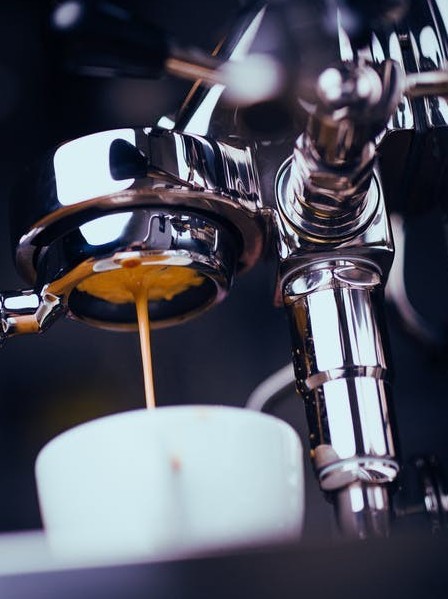 Nothing starts your day better than a perfectly smooth, rich espresso or cappuccino. If you want one of the best espresso machines for home use, here are several to consider. Espresso machines can go super-high in price, as we know, so the ones here are in affordable ranges – starting with the best espresso machine for $600, to some almost-as-good espresso machines for home use under $200 and under $100. You can find the one that best fits your budget.
Nothing starts your day better than a perfectly smooth, rich espresso or cappuccino. If you want one of the best espresso machines for home use, here are several to consider. Espresso machines can go super-high in price, as we know, so the ones here are in affordable ranges – starting with the best espresso machine for $600, to some almost-as-good espresso machines for home use under $200 and under $100. You can find the one that best fits your budget.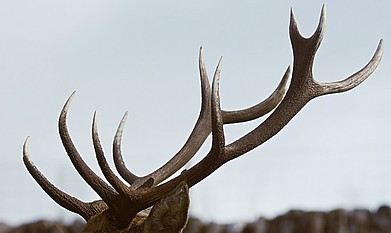
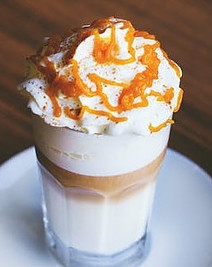
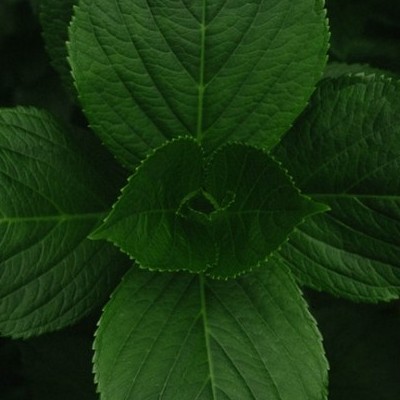
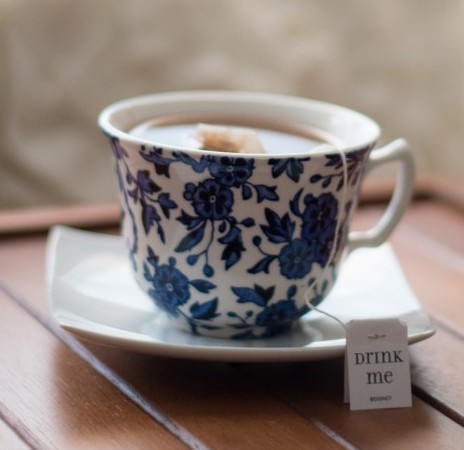
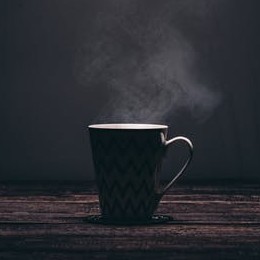
 The Bialetti Classic Stainless Steel Moka Pot coffee maker – this iconic espresso maker is known to be in every house in Italy. But the news is out now that the Italian company, Bialetti, is facing possible bankruptcy. Our days to get an original Italian Bialetti moka espresso pot may be numbered.
The Bialetti Classic Stainless Steel Moka Pot coffee maker – this iconic espresso maker is known to be in every house in Italy. But the news is out now that the Italian company, Bialetti, is facing possible bankruptcy. Our days to get an original Italian Bialetti moka espresso pot may be numbered.
